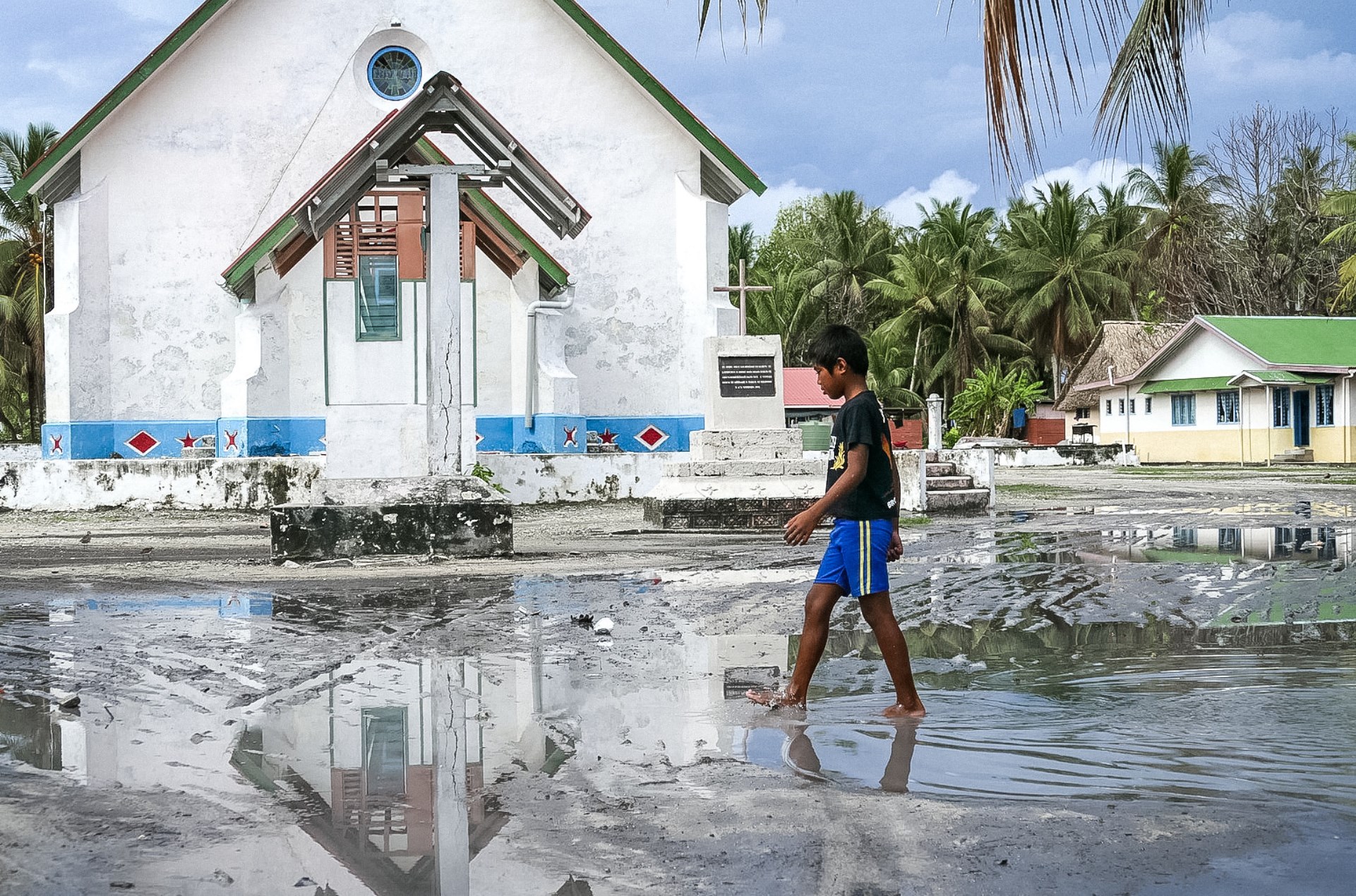At COP29, delegates are expected to negotiate and define a NCQG for climate finance. This new target builds on years of debate over the amount of resources required to support a green transition and to adapt to the remaining unavoidable risks posed by climate change. The NCQG follows in the footsteps of the USD 100 billion goal established at COP15 in 2009 and aims to address the growing financial demand of vulnerable regions. Discussion around the NCQG also highlights the need for all financial stakeholders and sources to mobilize sufficient resources, which have historically been underestimated.
“The NCQG is central to COP29, as it aims to renew financial commitments, establishing a foundation of trust to encourage further investment and emission reduction pledges from developing countries. The involvement of Finance Ministers in these negotiations reflects the need for systemic reform of the global financial system, which must adapt to support the transition toward transformative, resilient, and low-emission development,” comments Ellena.
Common but differentiated responsibilities
To promote a just transition, the negotiations should ensure a fair distribution of the available resources by directing a significant portion of investments toward developing countries, which currently receive only a fraction of the funding concentrated in developed nations. The principle of common but differentiated responsibilities and respective capabilities, established in the UNFCCC Convention and reaffirmed by the Paris Agreement, assigns developed countries the primary responsibility of providing financial resources to developing countries.
“These nations, though contributing less to greenhouse gas emissions, are often the most vulnerable to climate impacts and thus need support to implement their national adaptation and mitigation strategies. The NCQG is seen as an opportunity to restore trust between the Global North and South, given that past promises have not always been met due to delays and lack of clarity on what actually constitutes climate finance. The NCQG could transform the financial sector by setting new parameters and targets, specifically for mitigation, adaptation, and, crucially, for addressing loss and damage,” says Ellena.
Closing the adaptation gap
Along with securing an equitable allocation of funding, the share of investments in adaptation should increase to align with those currently directed toward mitigation. Adaptation finance is still significantly underfunded and lacks a structured system for tracking resource flows. As pointed out by Jaroslav Mysiak, CMCC’s principal scientist, “the 2023 Adaptation Gap Report (AGR) estimated the adaptation costs for developing countries to be between USD 215–387 billion per year this decade. However, the latest estimates from the AGR 2024 indicate that international public adaptation finance flows to developing countries amounted to only USD 28 billion in 2022.”
“Bridging the gap requires strengthened international cooperation, increased public and private sector investments, and the development of innovative financing mechanisms,” says Mysiak. “The private sector’s involvement is essential to close the gap; with access to substantial capital, advanced technology, and expertise, private companies have the potential to drive innovation, scalability, and efficiency in adaptation efforts. This requires innovation-enabling policies and incentives, and risk-reducing mechanisms, to make resilient investments attractive and secure for private investors.”
Research-driven finance solutions
Research provides an invaluable contribution to the innovation of climate finance frameworks and policies, by identifying priorities in funding allocation, predicting and assessing the effectiveness of funding approaches, and bolstering the evaluation and monitoring of financial flows. Scientists are called to collaborate with the private sector, which is gaining relevance on the international stage as a key player in mitigation and adaptation finance. CMCC actively participates in the climate funding landscape through the development of taxonomies and investment models at different scales.
Through its leadership and participation in numerous international initiatives, such as NATURANCE, INVEST4NATURE, and PIISA, CMCC explores the role of insurance in closing the financial protection gap and promoting Nature-based Solutions (NbS) for risk reduction and ecosystem restoration. “Insurers can incentivize risk-reducing behaviors by offering discounts or lower premiums to those implementing NbS. Recently, insurers have introduced policies focused on ecosystems that protect communities and infrastructure, covering the costs of restoring natural defenses, such as coral reefs and mangroves, after extreme weather events. This approach highlights the potential of insurance to support both climate resilience and ecosystem health,” explains Mysiak.
Read more:
CARLO CARRARO. The road ahead for climate finance
Clean energy transition: Increasing global equity with finance – CMCC






